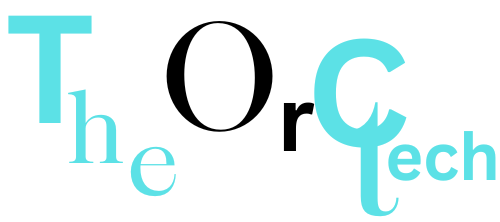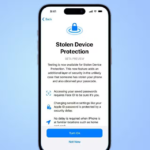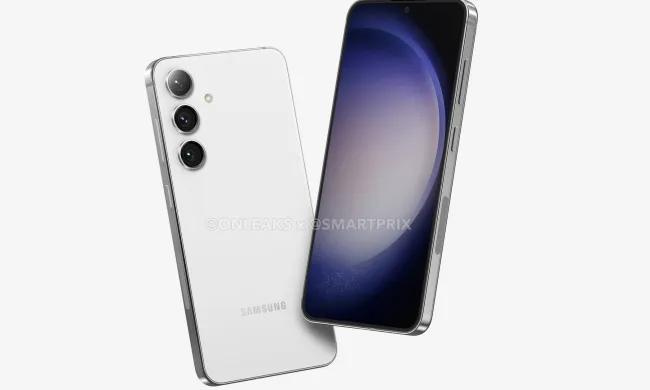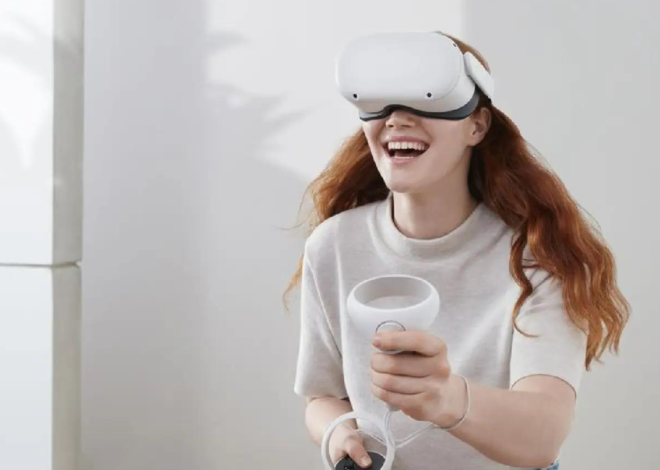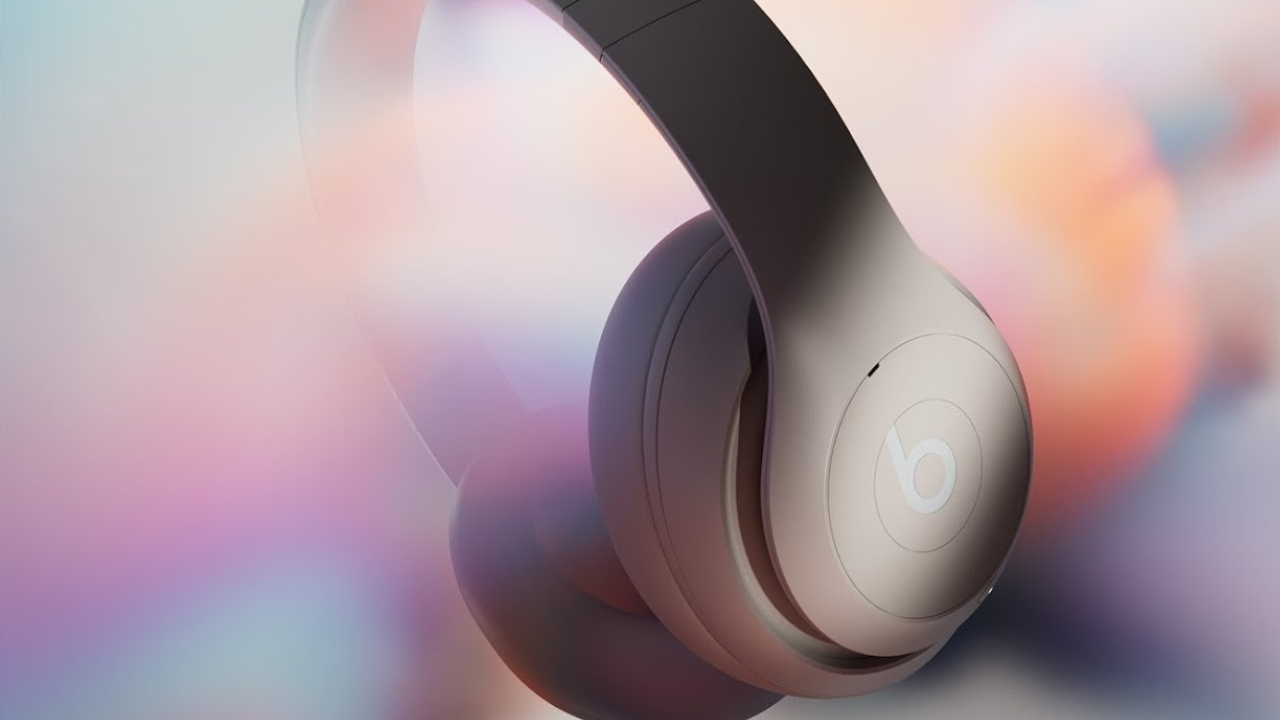
New Beats Studio Pro Headphones Are Down to $180 for Amazon Prime Day
A few months ago, I was impressed by the quality of Apple’s latest Beats Studio Pro headphones, but I couldn’t help feeling that their $350 price tag was a bit steep. Despite my initial impression, I had a hunch that they would see frequent discounts, but I didn’t anticipate that the price would drop so quickly to $180. This price point is even lower than what their predecessor had been sold for in recent years, marking a significant $70 reduction and their lowest price to date.
Dive into Deeper, Check this Summary of New Beats Studio Pro Headphones
| Feature | Best Studio Pro Headphone | Comparison/Notes |
|---|---|---|
| Price (during Amazon Prime Day) | $180 | Almost half off from the original $350 price tag |
| Design | Retains iconic design with subtle improvements such as USB-C charging, updated ear pads, and recycled materials | Similar design to previous Studio models; improved comfort and durability |
| Connectivity | Bluetooth 5.3, USB-C, 3.5mm headphone jack | Supports both wired and wireless connectivity |
| Features | Google Fast Pair for Android, multipoint Bluetooth pairing (Android only), Spatial audio with head tracking for Apple users (video content), Personalized Spatial Audio (Apple), Find My feature for both Apple and Android users | No ear-detection sensors, no auto-pause/resume feature |
| Voice Calling | Equipped with six microphones for effective noise reduction during calls | Impressive voice-calling performance |
| Battery Life | Up to 40 hours with noise canceling off, up to 24 hours with noise canceling/transparency mode on (at 50% volume level) | Efficient power management, quick charge feature for convenience |
| Wired Options | Standard 3.5mm headphone port, USB-C port | USB-C mode allows EQ mode switching, suitable for lossless music playback |
| Notable Omissions | Ear-detection sensors, automatic pause/resume feature | Lack of certain features found in competitors |
The fourth generation of the Beats Studio Headphones may appear quite similar in terms of their external design, but they boast substantial internal improvements that elevate their performance as headphones. In my review, I found myself inclined to label them as budget-friendly plastic counterparts to the AirPods Max. However, such a comparison isn’t entirely accurate, mainly due to differences in chipsets and the absence of one notable feature. To uncover what makes these headphones a compelling choice with certain limitations, I encourage you to read our comprehensive review.
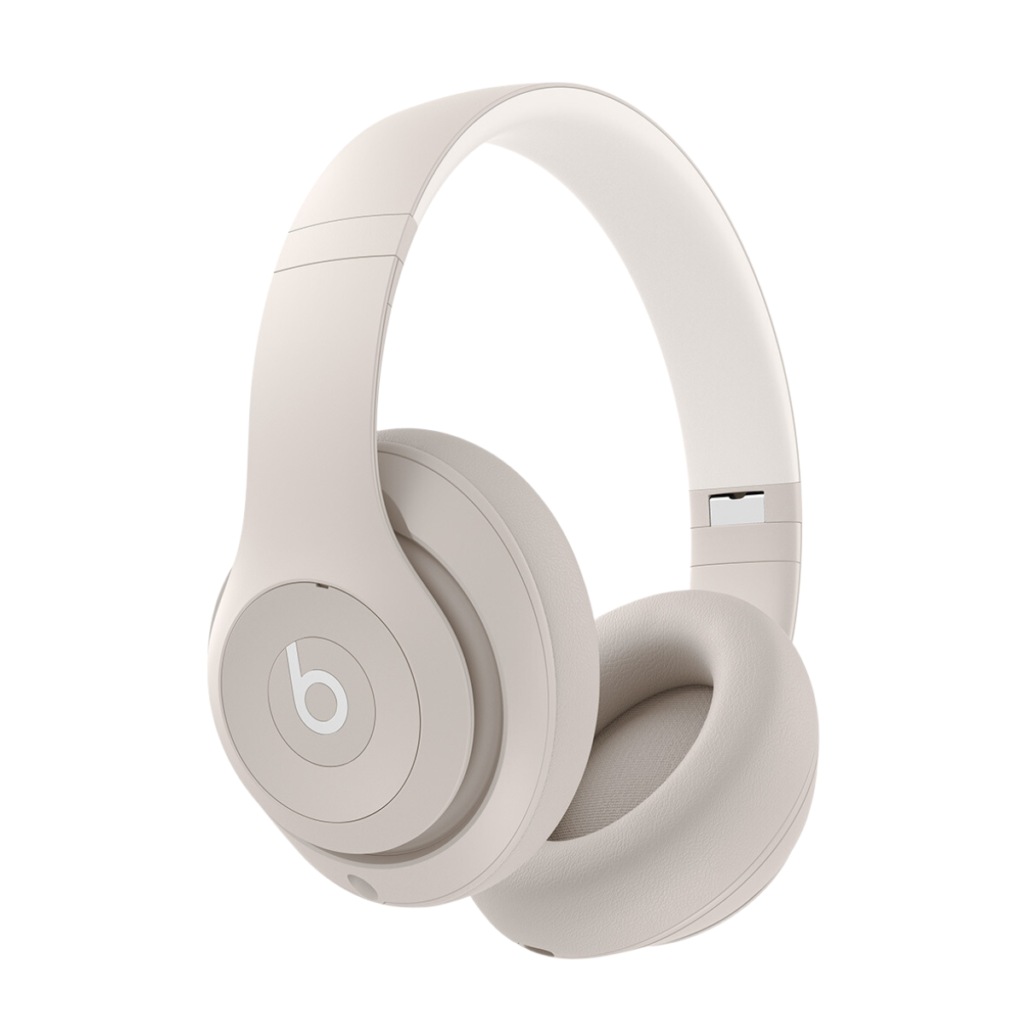
Design of Beats Studio Pro
I was fortunate to receive a review sample of these headphones just over a week before their official announcement, and I put them to the test on the bustling streets of New York City. Surprisingly, not a single person appeared to notice that these were the latest Beats Studio headphones, even in the midst of crowded subway rides with people standing right beside me.
One can’t help but speculate that there were likely some intense discussions at Apple, the parent company of Beats, regarding the design of these headphones. Personally, I tend to prefer substantial design changes from one generation to the next, especially given that the previous iteration, the Beats Studio 3 Wireless, had been around for nearly six years. However, there’s also a valid argument for the “if it ain’t broke, don’t fix it” approach, opting to retain the iconic design and make subtle adjustments around the edges without a complete reinvention. That’s precisely what we see in this model. (It’s worth noting that I made a similar observation about the lack of design changes in the Beats Studio 3 Wireless when it was released. Nowadays, the premium wireless noise-canceling headphone market has become more competitive, with several outstanding models, including Sony’s WH-1000XM5.)
The two most significant changes in this iteration involve the introduction of USB-C charging and connectivity for wired audio playback, along with updated ear pads. The ear pads now sport a seamless design without any stitching, and they have been enhanced with higher-quality memory foam and engineered faux leather. These improvements not only make the headphones more durable but also enhance comfort. The seamless design creates a tighter seal around your ears, contributing to improved noise isolation and enhanced noise-canceling performance.
In terms of aesthetics, the headphones have shed the conspicuous Beats logo from the exterior of the headband, eliminated the chrome trim near the right hinge with the “Beats Studio 3” etching, and now feature a label for the left earpiece on the inside of the headband, rather than the right. Additionally, there’s a greater emphasis on incorporating recycled materials, resulting in an overall more understated and relaxed look.
Also Like | The delightful new Snoopy Apple Watch face took a lot of work
Gone is the bulky hard case that was included with previous Studio models, which, while protective, lacked pockets for cables. Instead, Beats now offers a rectangular soft case with handy pockets, providing a more practical and user-friendly solution, even though it may be slightly more challenging to insert and remove the headphones from the case.
These headphones maintain the same single-hinge design that allows you to fold them up, though not completely flat. The initial two versions of the Studio headphones faced issues with the hinge’s durability and headband cracking over time. However, Beats made substantial improvements in this regard with the Studio 3 Wireless, and the Studio Pro headphones do feel sturdy. It’s worth mentioning that darker-colored versions, like the brown variant I received, tend to show fingerprints and grime from handling. While the brown and blue options look good if you want to avoid smudging, the sandstone color might be a better choice.
In terms of comfort, these headphones are indeed quite cozy, but I found Sony’s WH-1000XM5 headphones to be slightly more comfortable. The Sony headphones are a bit lighter at 249 grams compared to the Beats Studio Pro’s 260 grams, and they also don’t grip your head as tightly as the Beats. The AirPods Max, at 385 grams, are significantly heavier, but I found them to be a tad more comfortable due to their headband’s mesh design at the top and the ear pad design.
Features of Beats Studio Pro
When it comes to features, the Beats Studio Pro headphones come with a mix of upgrades and some omissions. In many ways, their feature set is reminiscent of what you find with the Beats Studio Plus earbuds. Similar to those earbuds, the Studio Pro headphones are designed to cater to both Apple and Android users and are powered by a custom Beats chip, rather than Apple’s H1 or H2 chips. They are equipped with Bluetooth 5.3.
Also Read | The Key to Success for Pixel Watch 2: Exceptional Battery Life
Android users benefit from Google Fast Pair and can download the Beats app for Android on their devices. Notably, there’s multipoint Bluetooth pairing available for Android users, which enables automatic switching between devices connected to your Google account. However, if you’re an Apple user, the headphones connect to your iCloud account, and you’ll need to manually switch between devices. Some users prefer this manual control because auto-switching can sometimes be erratic and bothersome.
Two features that Android users don’t have access to are spatial audio with head tracking and hands-free Siri. The latter is the capability to activate Apple’s voice assistant with a simple “Hey Siri” voice command. On the other hand, unlike the Beats Plus earbuds, the Studio Pro headphones do offer spatial audio with head tracking for Apple users when watching videos. They also support Apple’s Personalized Spatial Audio, which tailors the audio experience based on a scan of your ear shape. In tests conducted with an iPhone 14 Pro, the spatial audio for video watching appeared to be on par with the spatial audio with head tracking found in the AirPods Max and AirPods Pro 2.
Beats highlights that Android users can enjoy spatial audio for content recorded in Dolby Atmos, but this is a standard feature offered by most headphones, including the nearly six-year-old Beats Studio Wireless 3. For spatial audio with head tracking, you need to be using an Apple device running iOS, iPadOS, macOS, or tvOS.
Both Apple and Android users have access to a Find My feature that helps locate the headphones in case they get lost. However, this feature doesn’t offer the same level of precision finding as what’s included with the AirPods Pro 2.
One significant omission in the Studio Pro headphones is the absence of ear-detection sensors. This means that your music won’t automatically pause when you take the headphones off and resume when you put them back on, a feature commonly found in most over-ear headphones in the $350 price range.
It’s also worth noting that not powering these headphones with Apple’s H2 chip could be viewed as a cost-cutting move. However, it means that you may miss out on feature upgrades designed for that chip in the future. Currently, the H2 chip is only found in the AirPods Pro 2, but it’s reasonable to assume that it will make its way into the next generation of the AirPods Max and possibly the Beats Fit Pro 2 when those earbuds are released.
It’s certainly a noteworthy and positive aspect that Beats has provided both a standard 3.5mm headphone cable for analog wired listening and USB-C connectivity for digital audio playback through a smartphone or computer’s USB-C port. However, it’s important to mention that when connected via USB-C, you lose access to noise canceling and transparency mode, as the headphones incorporate a built-in DAC (digital-to-analog converter). I’ll delve deeper into the implications of this for sound quality in the next section. The inclusion of USB-C for audio playback could gain more relevance if Apple adopts USB-C connectivity for its iPhones in the future, as per rumored developments. Presently, you can connect these headphones to iPads and MacBooks with USB-C ports, and it’s worth noting that all Android smartphones feature USB-C ports.
It’s worth highlighting that Apple doesn’t offer a wired option for the AirPods Max; you need to purchase a separate cable for $35. Utilizing the AirPods Max in wired mode with high-resolution audio tracks can indeed make a noticeable difference in sound quality.
Noise-canceling and voice-calling performance
The headphones’ performance left a positive impression, particularly in terms of noise canceling. They employ adaptive noise canceling, meaning it adjust to the ambient noise around you. During my use, I noticed occasional shifts in the strength of the noise canceling as it adapted to my surroundings, whether I was on the subway or walking the busy streets of New York. While it may not be the absolute best in the market, it comes close to the performance of leading noise-canceling headphones from Sony and Bose. The transparency mode is another noteworthy feature, allowing you to hear the outside world in a natural and virtually hiss-free manner. While I found the AirPods Max and AirPods Pro 2 to offer slightly more natural-sounding transparency modes, the Studio Pro headphones were a close contender, with just a slight difference in quality.
Also Like | Google launches Pixel 8, smartwatch with new AI feature
The voice-calling performance also impressed me. The headphones are equipped with six microphones for noise canceling and voice calls, resulting in very effective noise reduction during calls. This represents a significant improvement from the previous Studio headphones. In my companion video reviews, I demonstrated a test call I recorded on the noisy streets of New York, providing a sense of the call quality. Although the call was recorded over the internet, and some fidelity was lost in my voice, John Falcone, the ThrOrcTech editor I was speaking with, noted that he heard minimal background noise when I wasn’t speaking, and there was only a slight amount of noise when I was talking. He could tell I was outside due to some compression and clipping in my voice, but overall, he had no trouble hearing me.
Quality of Sound
The Beats Studio Pro headphones feature brand-new custom 40mm drivers with a dual-layer design, incorporating a precise arrangement of micro-vents and fine acoustic mesh to optimize airflow and minimize distortion. As expected, these drivers offer an improved sound quality compared to the Studio 3 Wireless headphones. You can anticipate better clarity and definition, along with tighter bass response. Overall, they deliver a highly commendable sound quality that should complement a wide range of music genres.
In a direct comparison with the Sony WH-1000XM5 headphones, you’ll notice that the Beats Studio Pro headphones have a more assertive and aggressive sound profile, which may be a matter of personal preference. The highs are slightly sculpted, and the overall sound presentation feels more forward, especially in the midrange frequencies where vocals reside. In contrast, both the Sony and the AirPods Max tend to offer a more laid-back sound profile.
For various test tracks like Spoon’s “Knock Knock Knock,” Athletes of God’s “Don’t Wanna Be Normal,” The Doors’ “Touch Me – Take 3,” Orbital’s “Dirty Rat,” Taylor Swift’s “Vigilante Shit,” Jvke’s “Golden Hour,” and Drake’s “Passionfruit,” the Beats Studio Pro headphones deliver good detail and a slightly more exhilarating sound. However, the Sony headphones come across as slightly more open and natural-sounding, with “accuracy” being another term you could use to describe their sound signature.
Also Like | Introducing Apple AirPods new features
It’s great to hear that you didn’t experience any listening fatigue with the Beats Studio Pro headphones. Their ability to play music loudly and the convenience of having physical volume controls located above and below the “b” button on the left ear cup make it easy to adjust the volume to your preference.
As you mentioned, these headphones offer two wired usage options. You can connect them to a standard 3.5mm headphone port or directly to your computer or smartphone’s USB-C port for lossless music playback if you have access to such high-quality tracks. Plugging in the USB-C cable to a device like a Google Pixel 7 and using a service like Qobuz for high-res tracks indeed results in a subtle improvement in sound quality, making it cleaner overall.
In USB-C mode, you have the flexibility to switch between three EQ modes: Beats Signature Sound, Entertainment mode suitable for movies and gaming, and Conversation mode, which optimizes the frequency response for voice, making it ideal for calls or podcasts. However, it’s important to note that no EQ settings are available when you’re in wireless mode; you’ll have the default Beats Signature sound.
Better Battery Life
The Beats Studio Pro headphones offer an impressive battery life, rated for up to 40 hours of playback with noise canceling off, and up to 24 hours with noise canceling or transparency mode activated (at 50% volume level). Your experience suggests that you may even achieve better battery life, which is great. Using the headphones for four days for a couple of hours a day with mostly active noise canceling, and ending with a 72% battery life indicator, is a testament to their efficient power management. For reference, you tend to listen at about 65% to 75% volume.
In comparison, the Sony WH-1000XM5 headphones are rated for about 20 hours of battery life with noise canceling active at moderate volume levels. With over-ear headphones typically offering between 25 to 50 hours of battery life on a single charge, battery life indeed doesn’t seem to be a significant concern. Additionally, like the Sony headphones and many other headphones and earbuds, the Beats Studio Pro headphones feature a quick charge feature that provides four hours of playback from just a 10-minute charge, making them convenient for those times when you need a quick power boost.
Also Like | The delightful new Snoopy Apple Watch face took a lot of work
Final thoughts on Beats Studio Pro
In your assessment, the Beats Studio Pro headphones are a valuable addition to your headphone collection, offering excellent performance. However, as you mentioned, they do have a few shortcomings that might make them face stiff competition, particularly from Sony’s impressive WH-1000XM5 headphones, which are available at a competitive price point. Additionally, the rumor of Bose releasing a new set of flagship noise-canceling headphones this year, with an expected new design and various enhancements, presents another option that could compete in the market around the $400 price range. Ultimately, choosing the right headphones depends on individual preferences and priorities, taking into consideration factors like sound quality, features, and price.
For users seeking high-quality sound and advanced features without breaking the bank, the Beats Studio Pro headphones offer a compelling blend of design, performance, and affordability.
